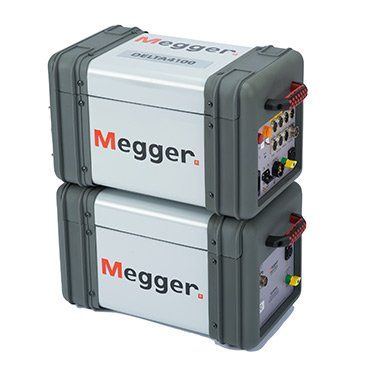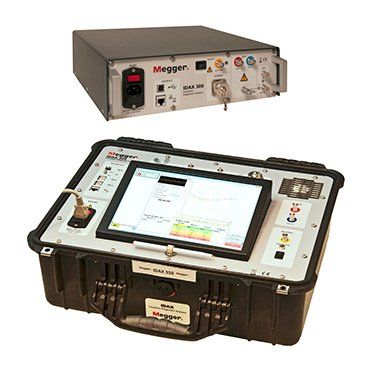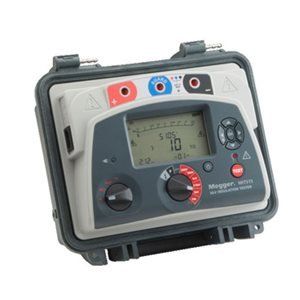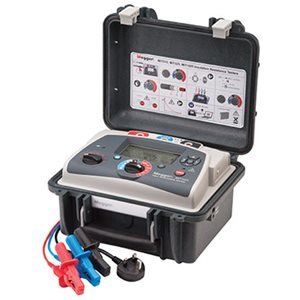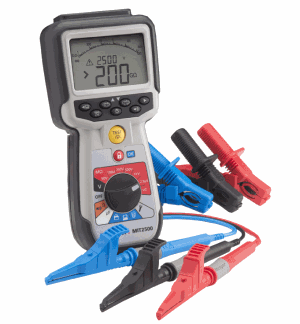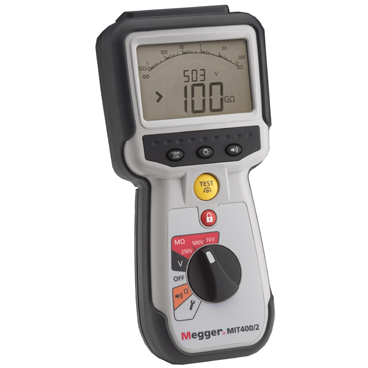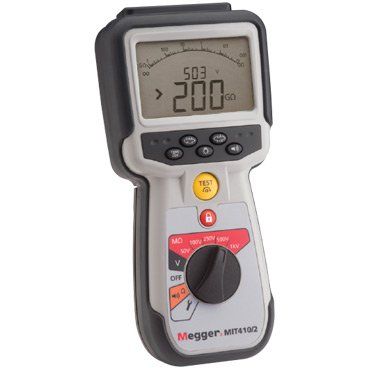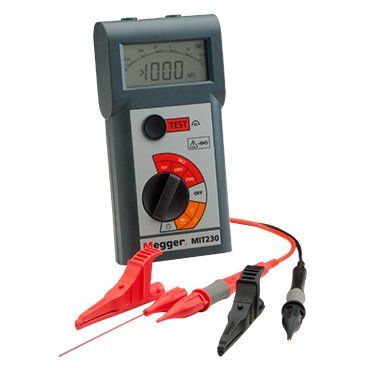AC insulation tests are a popular response to the increasingly demanding industrial, power and domestic marketplaces. Insulation materials have had to become more efficient to keep up with demand; more efficient equipment requires less insulation material to meet the minimum acceptable value of insulation resistance. In turn, cables have become smaller and lighter. However, under certain higher stress testing conditions such as DC testing, cables like Crossed Linked Polyethylene (XLPE) can quickly degrade.
AC insulation testing provides the ideal solution to testing these lighter cables. AC insulation testing better simulates the day-to-day stresses undergone by power systems, including frequencies like 50/60 Hz, without causing the insulation breakdown common in DC testing. Additionally, AC testing won’t affect XLPE cables when used for over-potential testing, to an agreed acceptable insulation resistance value.
Because AC current alternates, many more parameters can be measured while an AC test is being conducted. These extra parameters include Power factor and Tan Delta values, as well as modern diagnostic techniques such as Sweep Frequency Response Analysis, Digital Frequency Response and Frequency Domain Spectroscopy. AC insulation testing may therefore be used in ‘condition monitoring’ of AC-powered apparatus.
However, AC dielectric tests must supply both reactive and resistive currents to the items under test resulting in larger equipment in size than DC testing devices. Lower frequency AC testers can offer smaller sizes, making them more applicable to field work.



